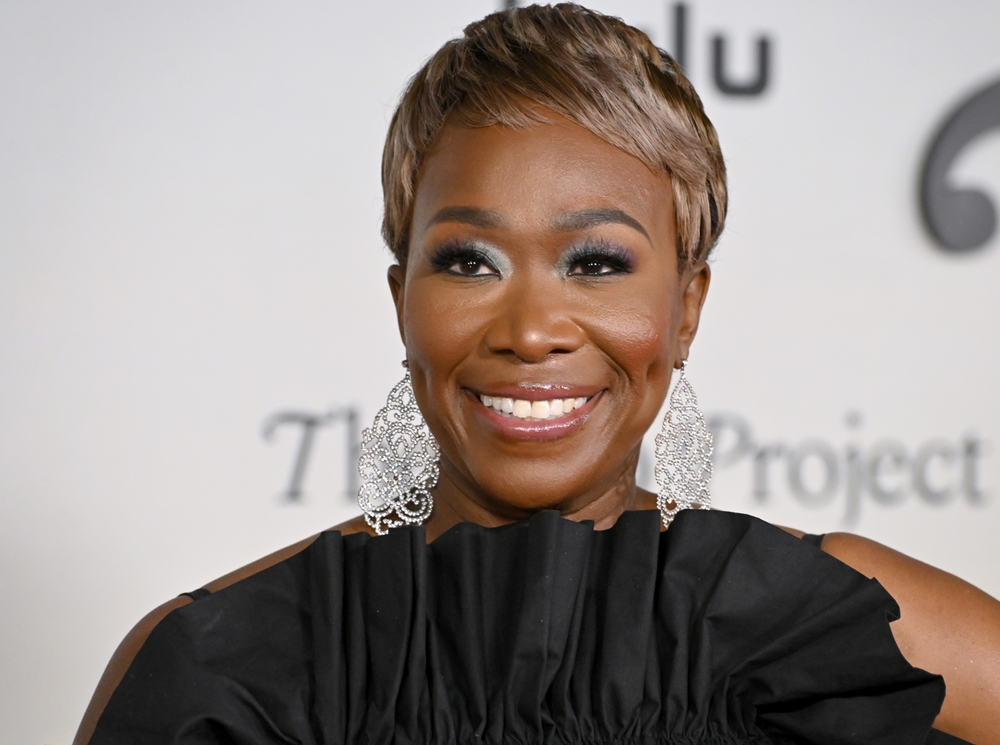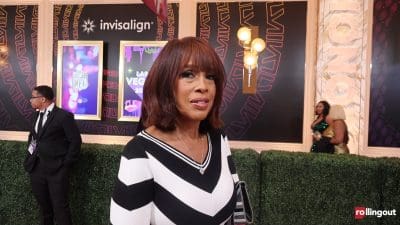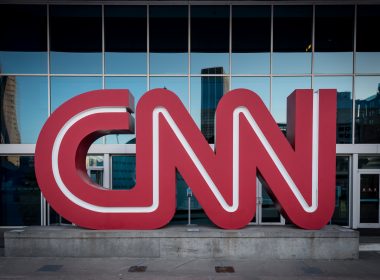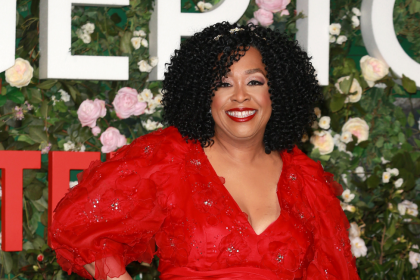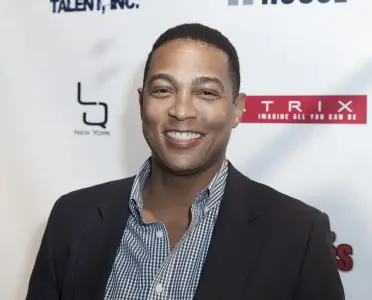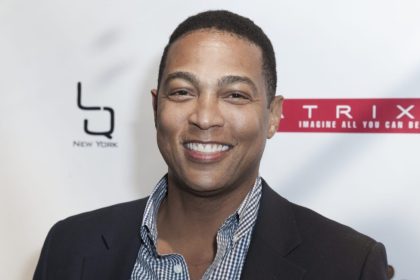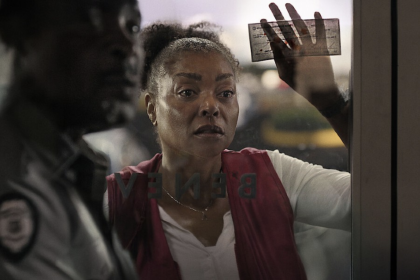MSNBC continues its programming transformation as sources reveal Joy Reid’s departure from the network’s 7 p.m. slot. The ReidOut, which has been a cornerstone of MSNBC’s evening lineup, will conclude its run this week as part of broader changes under new network leadership.
Fresh faces for the evening hours
The network plans to fill Reid’s time slot with an innovative approach, bringing together three distinct voices. The new program will feature Symone Sanders-Townsend, a Democratic strategist with experience as counsel to former vice-president Kamala Harris, alongside television commentator Alicia Menendez and Michael Steele, who previously served as Maryland’s lieutenant governor and RNC chairperson.
Leadership changes drive network evolution
This programming shift comes during a period of significant transition at MSNBC. Rebecca Kutler, who recently stepped into the network’s presidency following Rashida Jones’s departure, leads these changes. Jones concluded her nearly four-year tenure last month, leaving NBCUniversal Media Group chairman Mark Lazarus to emphasize the substantial work ahead for the network.
Recent network developments
The television landscape at MSNBC has seen notable changes in recent months. Chuck Todd’s departure from NBC News in January marked another significant shift. Todd had played a central role in discussions surrounding NBC’s brief hiring of former RNC chairperson Ronna McDaniel in March 2024, a decision that sparked considerable internal debate.
Industry response and internal reactions
The network’s decision-making process has drawn attention from both inside and outside the organization. NBCUniversal News Group chair Cesar Conde demonstrated responsiveness to staff concerns, particularly regarding McDaniel’s hiring. Reid herself had publicly supported the network’s ultimate decision to part ways with McDaniel, expressing gratitude for leadership’s willingness to address internal feedback.
The changing face of news media
This transition reflects broader changes in television news, as networks adapt to evolving viewer preferences and industry challenges. The decision to replace a solo anchor format with a three-person team suggests a shift toward more diverse perspectives and dynamic programming approaches.
Looking ahead
As MSNBC moves forward with these changes, the impact on viewership and the network’s editorial direction remains to be seen. The new show’s success could influence future programming decisions across the industry, potentially setting trends for how news networks approach prime-time slots.
Behind the programming strategy
The move to replace Reid’s show with a trio of hosts marks a significant departure from traditional prime-time news formats. Industry experts suggest this approach aims to capture diverse viewpoints while maintaining viewer engagement throughout the hour. The combination of Sanders-Townsend’s political experience, Menendez’s media background, and Steele’s conservative perspective creates a unique dynamic rarely seen in evening news programming.
A legacy of impact
During her tenure at MSNBC, Reid established herself as one of the network’s most recognizable voices. Her journey from afternoon programming to securing a coveted prime-time slot demonstrated the network’s commitment to elevating diverse perspectives in television news. The ReidOut tackled complex political and social issues, often generating significant public discourse.
The evolution of evening news
The television news landscape has undergone dramatic changes in recent years. Streaming services, social media, and changing viewer habits have forced networks to rethink traditional programming approaches. MSNBC’s latest move reflects this industry-wide adaptation to evolving audience preferences and consumption patterns.
Building new audience connections
The incoming hosts bring distinctive backgrounds that could resonate with different audience segments. Sanders-Townsend’s experience in both political campaigns and government service offers insider perspective on policy discussions. Menendez’s extensive media background provides skilled navigation of complex news topics, while Steele’s unique position as a former Republican leader adds depth to political discourse.
The broader media landscape
These changes at MSNBC occur against a backdrop of industry-wide transformation. News networks face increasing pressure to maintain viewership while adapting to rapid technological and social changes. The decision to restructure prime-time programming reflects these broader challenges and opportunities.
Network stability amid change
While programming changes often create uncertainty, MSNBC’s strategic approach suggests careful consideration of viewer preferences and industry trends. The network maintains strong relationships with other prominent hosts like Rachel Maddow and Nicolle Wallace, providing stability during this transition period.
Industry impact and implications
The success or challenges of this new format could influence future programming decisions across television news. Other networks watch closely as MSNBC experiments with this multi-host approach in prime time, potentially setting new standards for evening news presentation.
Digital integration and modern media
The new show faces the challenge of engaging audiences across multiple platforms. Modern news programs must balance traditional broadcast elements with digital engagement, creating content that resonates both on television and social media channels.
Looking toward future possibilities
As television news continues evolving, this programming change might signal broader shifts in how networks approach news delivery. The multi-host format could become more common if viewers respond positively to the diverse perspectives and dynamic discussions it enables.
Audience adaptation and engagement
Viewers accustomed to Reid’s singular perspective will experience a significant shift in programming style. The success of the new show depends partly on how well audiences connect with the three-host format and the unique chemistry between the co-anchors.
Production challenges and opportunities
Producing a show with three hosts presents both challenges and opportunities. While coordinating multiple perspectives requires careful planning, the format allows for more dynamic discussions and varied segment structures. Technical elements, from camera work to segment timing, must adapt to accommodate this new approach.
The human element of news delivery
Beyond formatting and technical considerations, successful news programming depends on authentic human connection. The new hosts face the task of building trust with viewers while maintaining their individual authenticity and expertise.
Moving forward
As MSNBC implements these changes, the network’s ability to maintain viewer engagement while introducing new programming elements becomes crucial. The success of this transition could influence future decisions about news presentation and anchor deployment across the industry.
Industry evolution continues
Television news remains in constant evolution, adapting to technological advances and changing viewer preferences. MSNBC’s latest changes represent one step in this ongoing transformation, as networks seek effective ways to deliver news in an increasingly complex media environment.
This programming shift at MSNBC reflects broader changes in how Americans consume news and engage with media. As viewers increasingly seek diverse perspectives and dynamic discussions, networks must balance traditional news delivery with innovative approaches to maintain relevance and viewer engagement.

